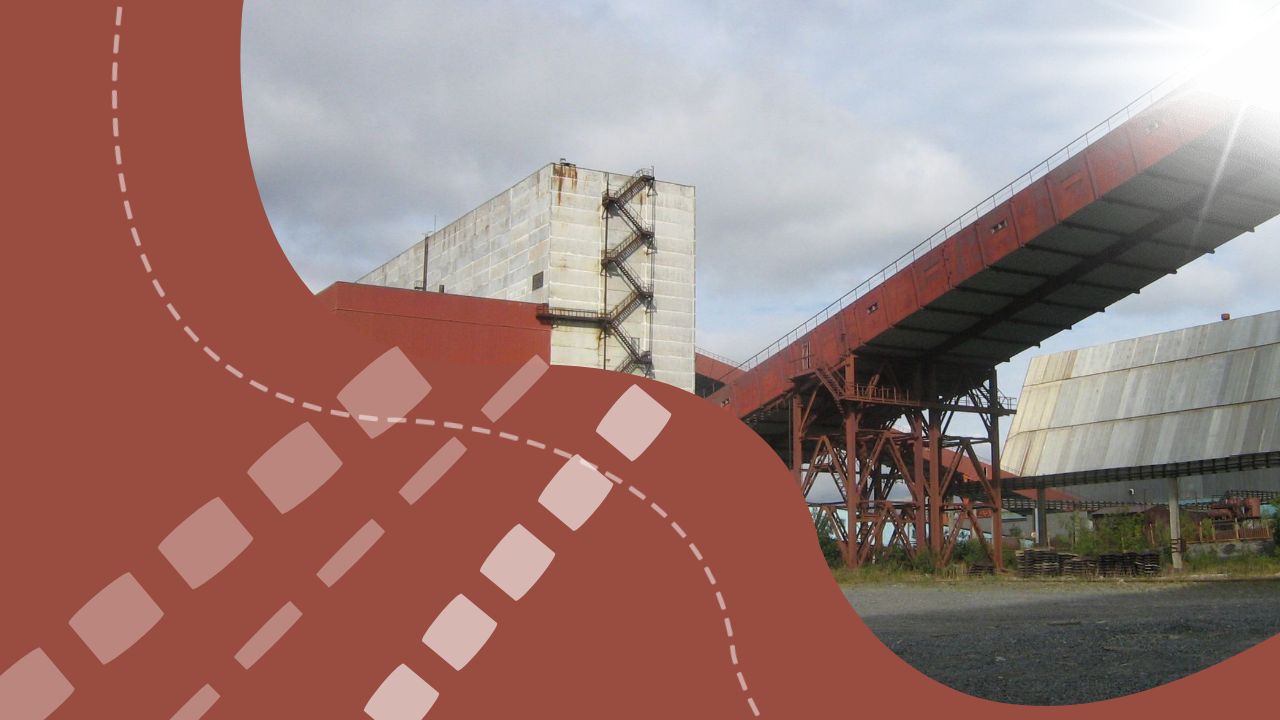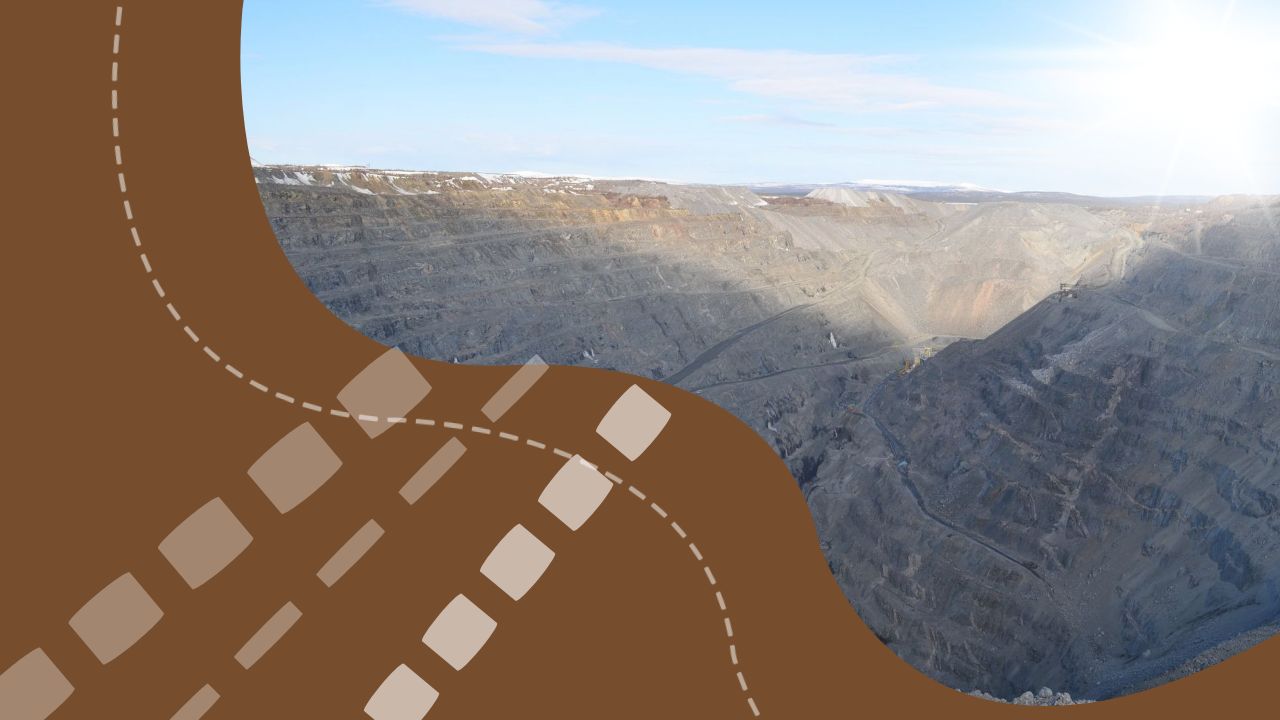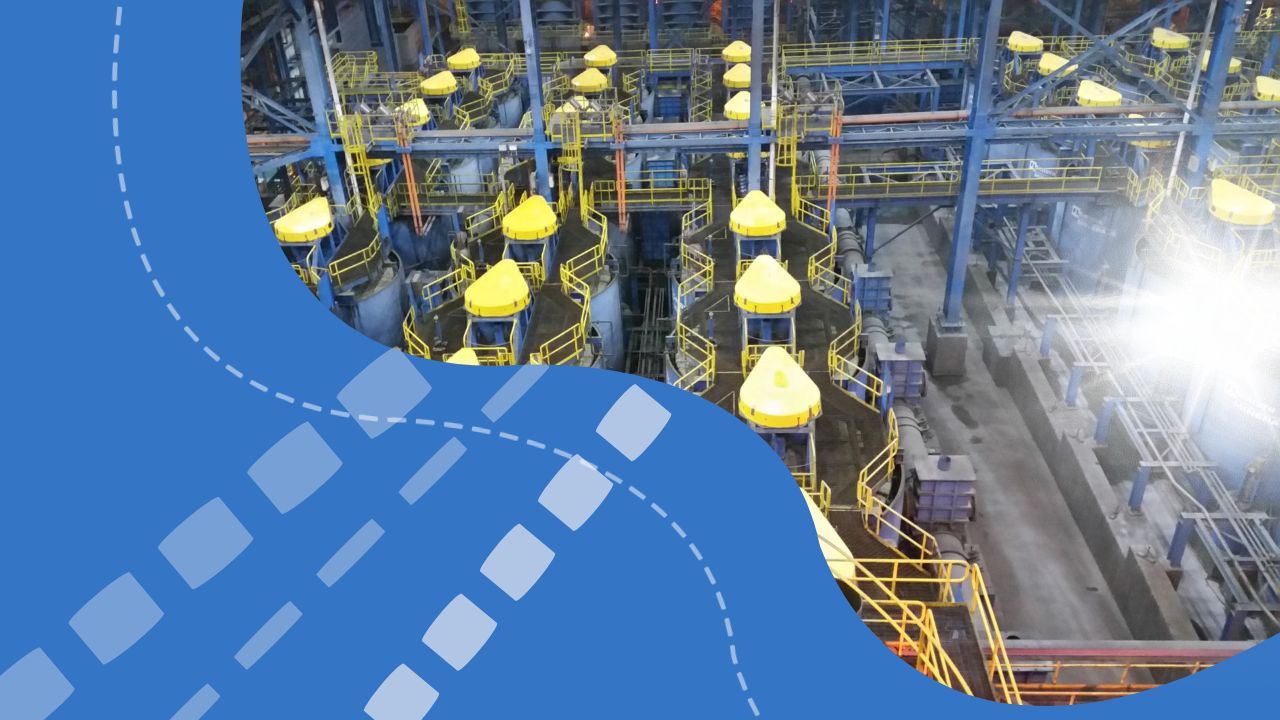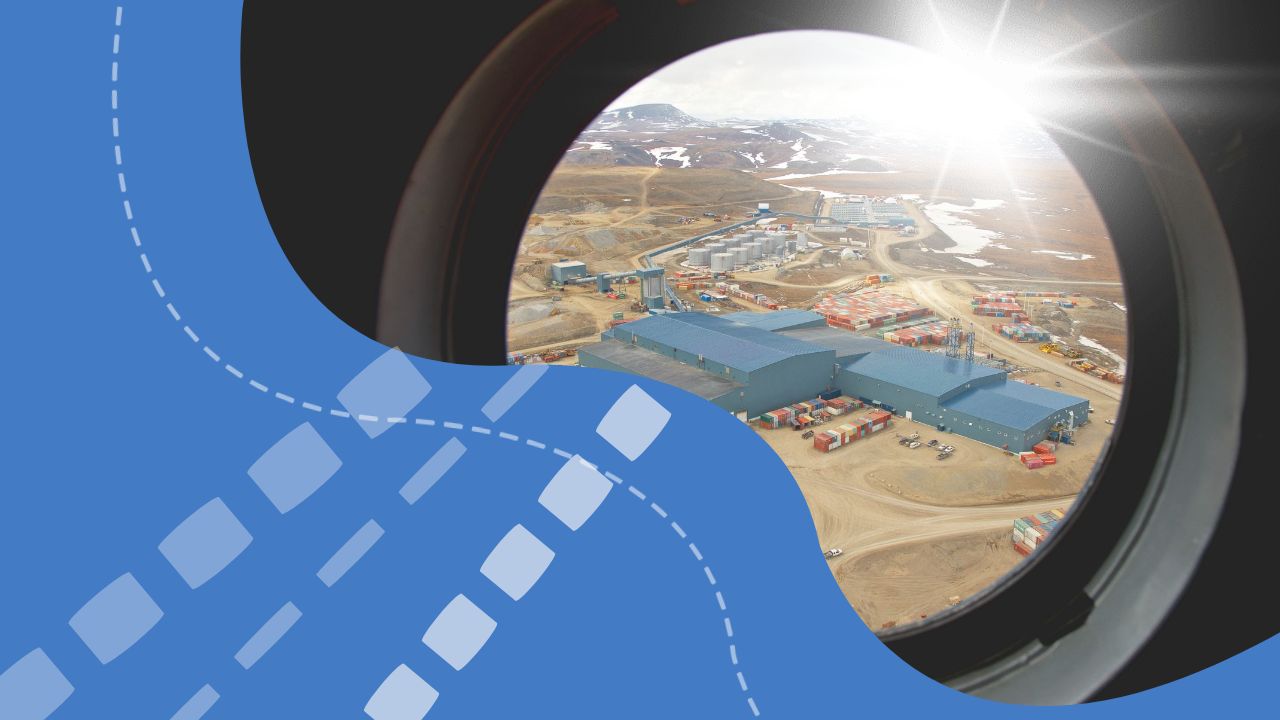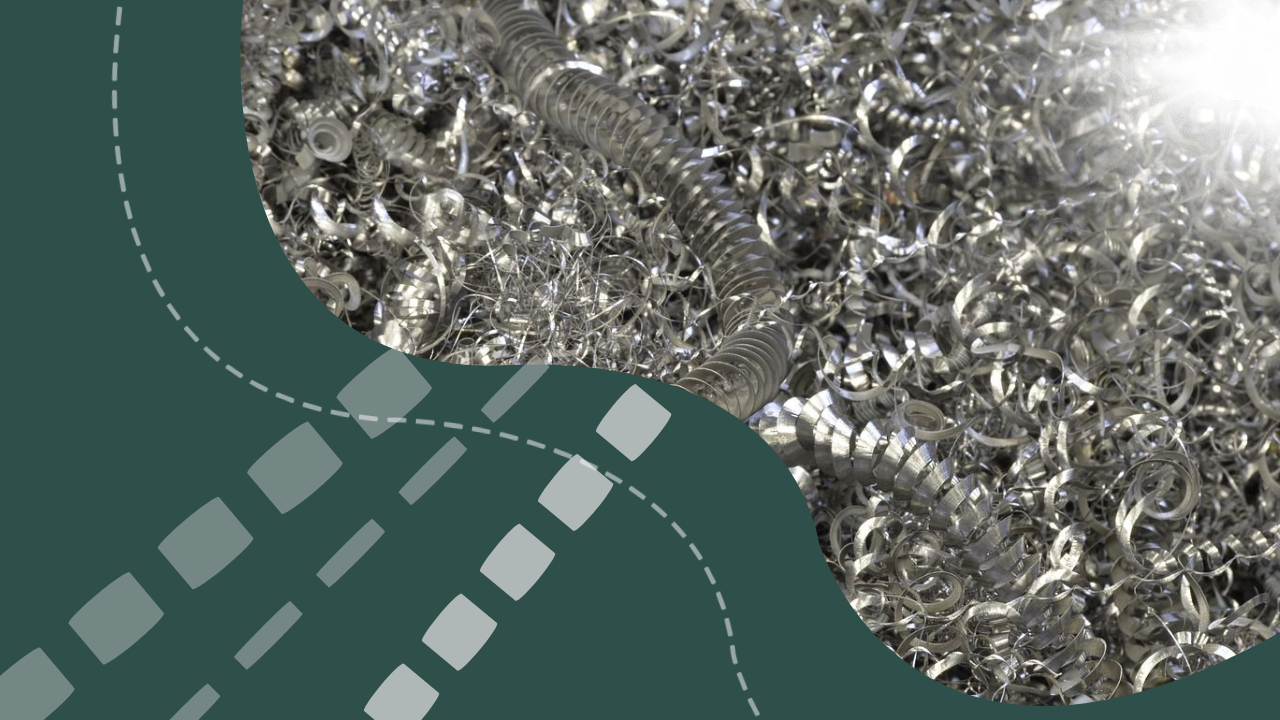OralElectroService will resume production at the Uzynzhal polymetallic deposit, located in the Shet district of the Karaganda region. The site was developed in 2018–2019, after which work was suspended for additional geological exploration. The subsoil user posted the updated mining plan on the Unified Environmental Portal of Kazakhstan.
The company calculated the parameters for the development of Uzynzhal for 10 years – from 2024 to 2033. During this period, the deposit will be mined using open-pit mining; in subsequent years, a transition to underground mining will be required. The design capacity of the quarry is 500 thousand tons of polymetallic ores per year.
According to the material composition of the ores of the deposit, they are classified as zinc-lead. Lead content ranges from 0.02% to 31.8% with an average of 2.73%. The average zinc content, in turn, reaches 1.2%. In addition to these two metals, the ores contain other components valuable for extraction: silver (average 41.4 g/t), cadmium (0.017%) and barite (9.6%).
The reserves of all balance ores at the site (oxidized, mixed and sulfide) amount to 12,500 thousand tons. Most likely, the raw materials will be processed at their own processing plant. The design documentation notes that recommendations for the technical regulations for the design of the processing plant were drawn up on the basis of a study of the properties of ores in 2010−2011.

